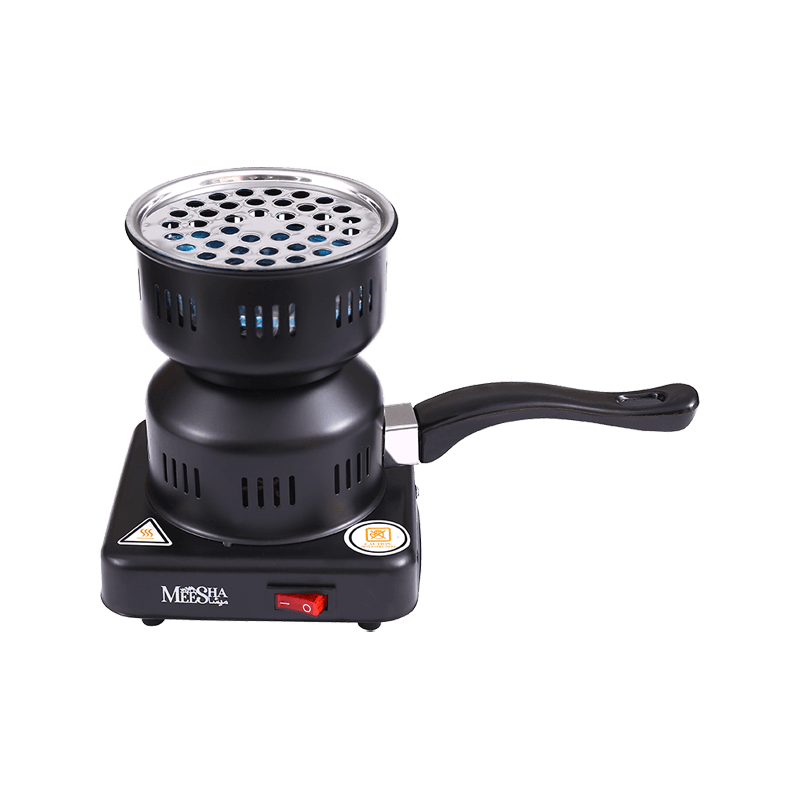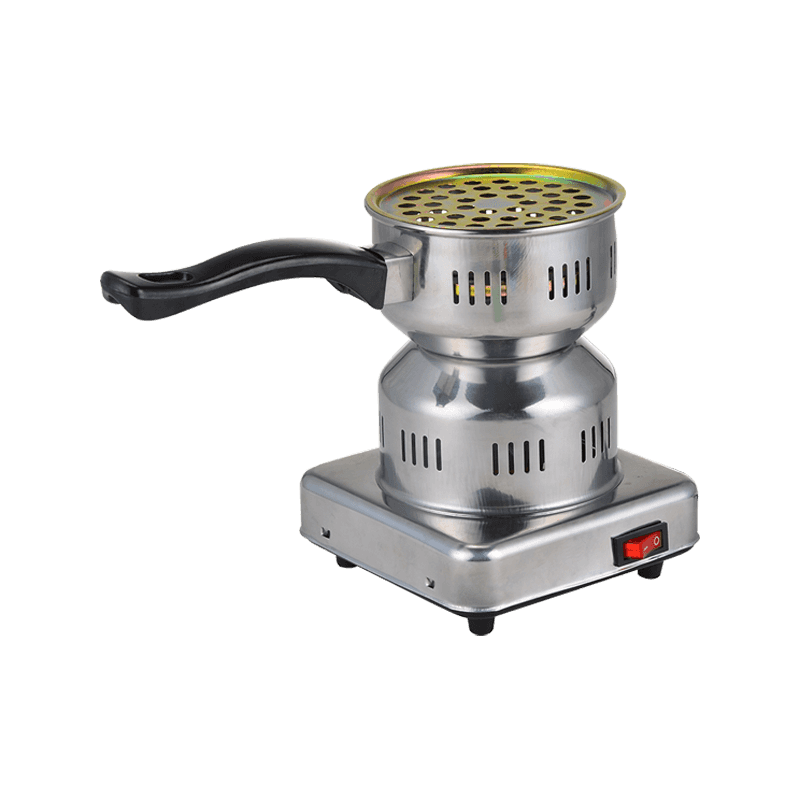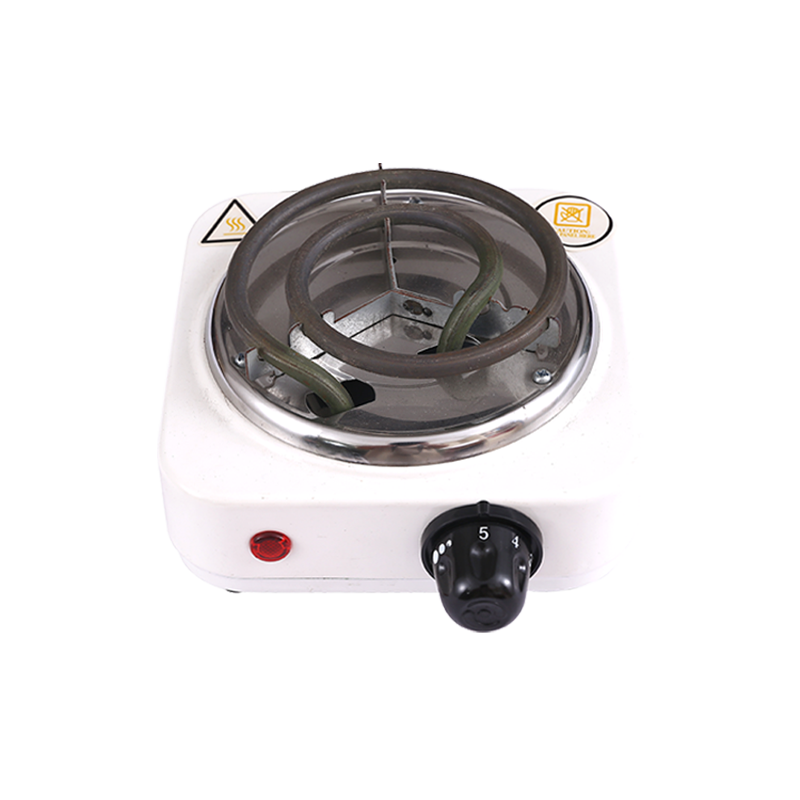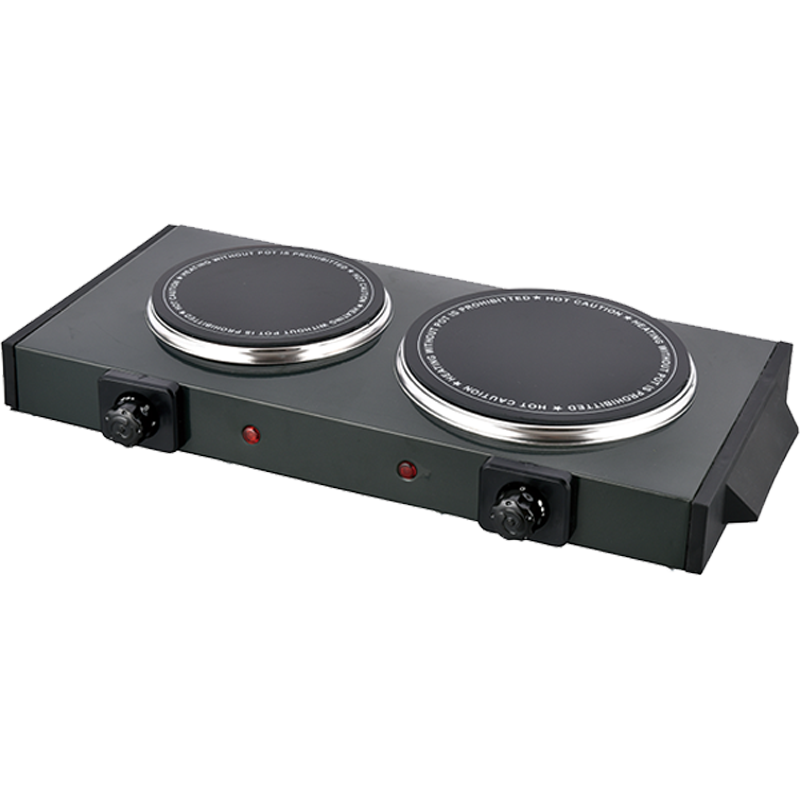+86-579-87253168
Wholesale gas hob with electric hot plate burner plate Manufacturer
As the world moves towards smarter and more energy-efficient solutions, electric hot plate burners are poised for significant advancements. These essential kitchen appliances, widely used in both domestic and commercial settings, are evolving rapidly with innovations that enhance functionality, connectivity, and environmental sustainability. This article explores the future development directions for electric hot plate burners, focusing on smart technologies, connectivity, advanced temperature control, and eco-friendly designs.
One of the most exciting trends in the evolution of electric hot plate burners is the integration of smart technologies. These advancements aim to make cooking more convenient, precise, and interactive. Here’s how smart technologies are set to transform electric hot plate burners:
Future electric hot plate burners will increasingly incorporate intelligent cooking assistance systems. These systems utilize artificial intelligence to provide real-time guidance and adjustments based on the type of food being cooked. For example, smart burners could automatically adjust heat levels, and cooking times, and even suggest recipes based on user preferences and dietary needs. This level of automation ensures optimal cooking results with minimal user input.
As voice-controlled smart home devices become more prevalent, electric hot plate burners are expected to integrate with these systems. Users could control their burners using voice commands, making it easier to adjust settings, start or stop cooking, and monitor progress without manual intervention. Integration with smart home ecosystems will also allow users to coordinate cooking with other appliances, enhancing overall kitchen efficiency.
Advanced sensors embedded in electric hot plate burners will enable adaptive temperature management. These sensors can detect the presence and type of cookware, adjusting the heat output for optimal performance. For instance, the burner could increase heat for a pan with a larger surface area or reduce it for delicate tasks, ensuring precise and efficient cooking.
The future of electric hot plate burners also includes enhanced connectivity features that enable better integration with other devices and systems. Connectivity improvements will bring several benefits:
Connectivity features will allow users to monitor and control their electric hot plate burners remotely. Using smartphone apps or web interfaces, users can adjust settings, check cooking progress, and receive notifications about their burners from anywhere. This feature adds convenience and flexibility, especially for busy individuals or those managing multiple tasks at once.
Advanced connectivity will enable electric hot plate burners to collect and analyze data on cooking patterns, energy usage, and performance. This data can be used to provide users with actionable insights, such as optimal cooking techniques or tips for energy conservation. Additionally, manufacturers can use this data to improve product design and functionality based on real-world usage patterns.
Future electric hot plate burners will seamlessly integrate with broader smart kitchen ecosystems. This integration allows for coordinated control of multiple appliances, such as ovens, refrigerators, and dishwashers, through a unified interface. By sharing information and working in harmony, these connected systems will streamline kitchen operations and improve overall efficiency.
Improving temperature control is a key focus for the future development of electric hot plate burners. Enhanced temperature control technologies will offer several advantages:
Future electric hot plate burners will feature advanced temperature regulation systems that provide more precise control over heat levels. These systems will use sophisticated algorithms and sensors to maintain consistent temperatures, reducing temperature fluctuations and ensuring even cooking results. Precision temperature control is especially important for tasks that require specific heat settings, such as melting chocolate or simmering sauces.
Electric hot plate burners will increasingly offer programmable cooking functions that allow users to set specific cooking times and temperatures. This feature will enable users to prepare meals with minimal supervision, as the burner will automatically adjust settings and notify users when cooking is complete. Programmable functions will also enhance safety by reducing the risk of overcooking or burning food.
Future designs will focus on improving heat distribution across the surface of electric hot plate burners. Technologies such as advanced heat-conducting materials and innovative heating elements will ensure even heat distribution, reducing hot spots and improving cooking efficiency. Enhanced heat distribution will lead to better cooking results and reduced energy consumption.
Sustainability is becoming increasingly important in product design, and electric hot plate burners are no exception. The future will see a greater emphasis on eco-friendly and energy-efficient designs:
Future electric hot plate burners will incorporate advanced energy conservation technologies to minimize power consumption. These technologies may include energy-efficient heating elements, improved insulation, and advanced temperature management systems that reduce energy waste. By using energy more efficiently, these burners will contribute to lower electricity bills and a reduced environmental footprint.
Manufacturers will focus on using sustainable materials in the construction of electric hot plate burners. This includes recyclable or biodegradable materials that reduce the environmental impact of production and disposal. Additionally, manufacturers will seek to minimize the use of harmful substances and incorporate eco-friendly finishes and coatings.
To further support sustainability, future electric hot plate burners may be designed with recycling and disposal in mind. Manufacturers could implement programs to collect and recycle old burners, ensuring that materials are reused and waste is minimized. Clear guidelines and support for responsible disposal will help users contribute to a circular economy.
The future of electric hot plate burners promises significant advancements in smart technologies, connectivity, temperature control, and eco-friendly designs. As these appliances evolve, users can expect enhanced convenience, precision, and sustainability in their cooking experiences. By embracing innovations such as intelligent cooking assistance, remote control capabilities, and energy-efficient technologies, electric hot plate burners will continue to play a vital role in modern kitchens. As technology progresses, these advancements will not only improve the functionality of electric hot plate burners but also contribute to a more sustainable and efficient future.




 عربى
عربى












